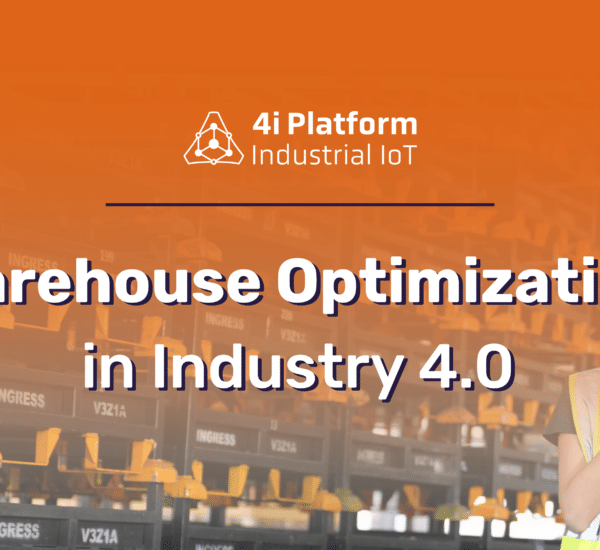Industry 4.0 and Smart Factory capabilities are getting to be pervasive in large manufacturing companies. The best 100 manufacturing companies in the US have over $36B of revenue and are compelled to research Industrial Internet of Things (IIoT) capabilities to stay aggressive at scale.
But outside of the top 100, the US also has over 60,000 manufacturing companies with 20 or more workers. How can smaller but growing companies start realizing the benefits of IoT?
Industrial IoT business benefits can be grouped into two main categories: Operational and Strategic. Operational benefits build efficiencies into the manufacturing process and strategic benefits build out new business models and revenue streams.
Attaining these benefits requires the concurrent planning, execution and ongoing management of five key components:
Product Engineering. Connected devices are at the junction of mechanical and software engineering. For an IIoT device to be successful, it cannot just be retrofit into an old device model.
Connectivity. The methods of making, using and securing the relation between the apparatus and the outside world range from self-connected via onboard telecommunications capabilities to hardwired. It shouldn’t be assumed that WiFi will be the connection source.
Identity and Access Management. Devices can — and should — have or conform to policies that allow and limit their usage and management.
Data Interchange. Devices will have to interact with many different data ecosystems, using numerous standards. Proprietary data systems are a disadvantage.
Digital Platform and Product Management. Manufacturers have the opportunity and challenge of adding new software-driven and data-driven lines of business.
With these concepts and capabilities, the first goal for mid sized manufacturing companies moving towards developing an IoT strategy needs to be to visualize their machines, either factory floor machines or finished goods, so that they can better understand their machine inventory and build valuable efficiencies.
For example, Asset Tracking and Machine Status functionality implements both strategies. Machine generated sensory data is utilized to identify the location of the machine and how it is running.
This information can be visualized and merged with logistics plans to create an efficient process to make sure the machine is at the perfect place at the ideal time. Furthermore, information on how the machine is operating is the basis for building more sophisticated strategies for condition-based and even predictive maintenance.
Starting the journey together with Asset Tracking and Status achieves two ancillary benefits. First, it builds the fundamental IoT capabilities that are the foundation of many more applications.
Understanding how to enable the machines, employ edge computing, construct out IoT gateways, consolidate data from the cloud and construct value-added applications is the heart of any IoT strategy. Implementing Asset Tracking and Status functionality also allows manufacturing companies to execute Command and Control applications.
Once we know where the machines are and how they are running, we can construct applications that can configure the machines, synchronize them, enable and disable them, etc.. These fundamentals are necessary for more sophisticated strategies.
Not only large, established manufacturing companies can take advantage of valuable IoT strategies.
As small manufacturing companies grow, they ought to take small steps towards utilizing IoT to drive growth and efficiency and maximize the value of their companies. Tracking and monitoring the whereabouts and status of the machines is the first step towards creating a sophisticated IoT strategy that can differentiate a company from its competitors.





